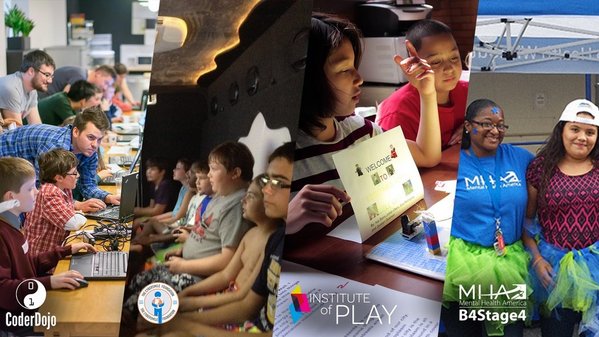When disaster strikes, the first 72 hours are the most critical to saving lives, most humanitarian and philanthropy-focused orgs agree. But resources from corporations often don’t show up until four to eight weeks after a tragic event, leaving the boots-on-the-ground caught between deploying resources, fundraising with donors, and managing an ever-evolving scope of support.
OUR APPROACH TO RELIEF
Disaster relief is one example of what Complexity theorist David Snowden describes as a “simple” problem for international companies. Bigger orgs often make it a priority to support humanitarian aid, and for good reason. However, there are several documented cases where the desire to make an impact is clogged by sloppy execution and an inherent lack of operational effectiveness.
Since most corporations don't regularly think about disaster relief, it's hard to come up with a coherent strategy of engagement. How, when and where should companies spring to action? What are the desired goals for the funding? Should a company only address the "largest" disasters or focus on where their users are? Blindly throwing money at a problem is rarely a good solution, yet that's what many companies do for disaster relief.
FINDING SOLUTIONS
A simple problem follows a generally well-understood formula for technical problem-solving; like, say, building a hospital or setting up a medical tent. A complicated problem may require some experimentation before eventually finding the correct solution, like when scientists develop vaccines. However, each attempt builds on previous knowledge and, hopefully, progress is made after each iteration. Complex problems are fraught with inter-dynamic relationships, convoluted interactions and ever-changing conditions such as trying to improve graduation rates or increase access to good paying jobs
These kinds of problems also happen to neatly match up to the spectrum of impact based on the concepts of systems thinking: On one end, you have "transactional" problems and on the other, "systemic" problems. There's no inherent “good” or “bad” with either end of the spectrum, but it's important to know where a solution fits into the kind of problem you want to solve.
Simple problems utilize transactional impact, where complex problems require a systemic approach.
Back to our example of disaster relief: Since many corporations don’t get relief to the front lines fast enough, transactional impact should look at finding ways to optimize the hell out of the simple problem. One great way to increase efficiency in our disaster relief example, is for an organization to forward fund their support for the year. Essentially, a company can batch their entire annual donation one time so that the nonprofit can distribute money to the front line as quickly as possible. It’s the approach we’re trying this year. As bad things happen, our humanitarian partners can deploy resources immediately and reduce friction in allocation and distribution.
THE IMPACT OF FORWARD FUNDING
We tested this approach earlier this year and the results spoke for themselves. With our forward funding model, we were able to distribute funds to the Japan and Ecuador earthquake sites within 36 hours. Relief that would normally take several weeks to arrive in some cases showed up within a day.
When designing social impact strategies, it’s vital to know what types of problems we’re pursuing. Organizational awareness allows us to maximize both transactional and systemic efforts without conflating them. By incorporating systems thinking in approaching social impact problems, we can allocate resources, measure progress and define outcomes more effectively.
Simple problems aren’t necessarily so simple. Yet combining analytical rigor in operations management with well-designed programs bolsters transactional impact to help deliver faster and larger results at times when people most need it.
